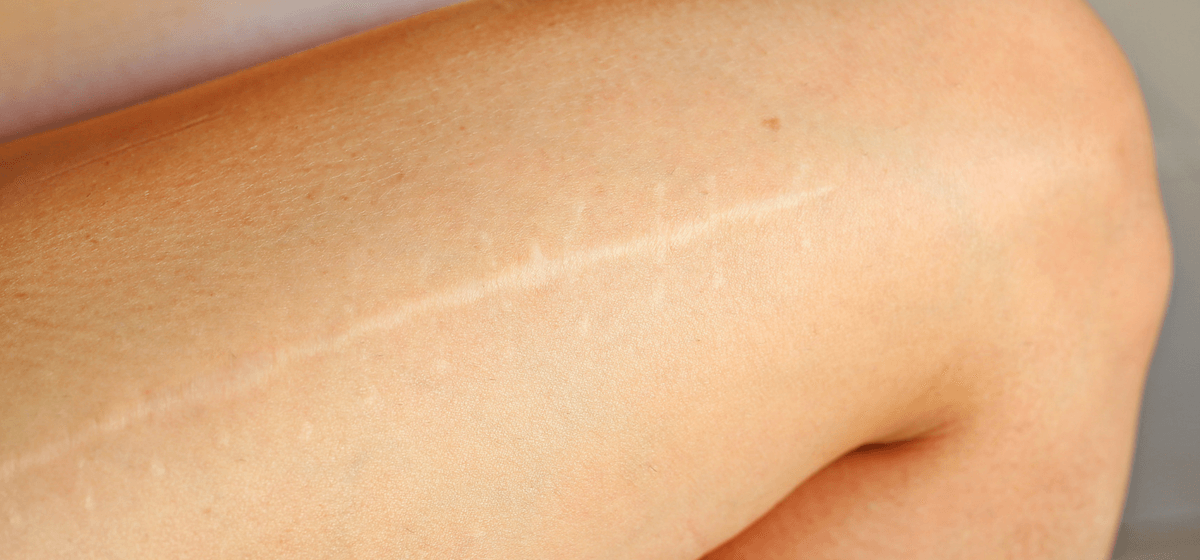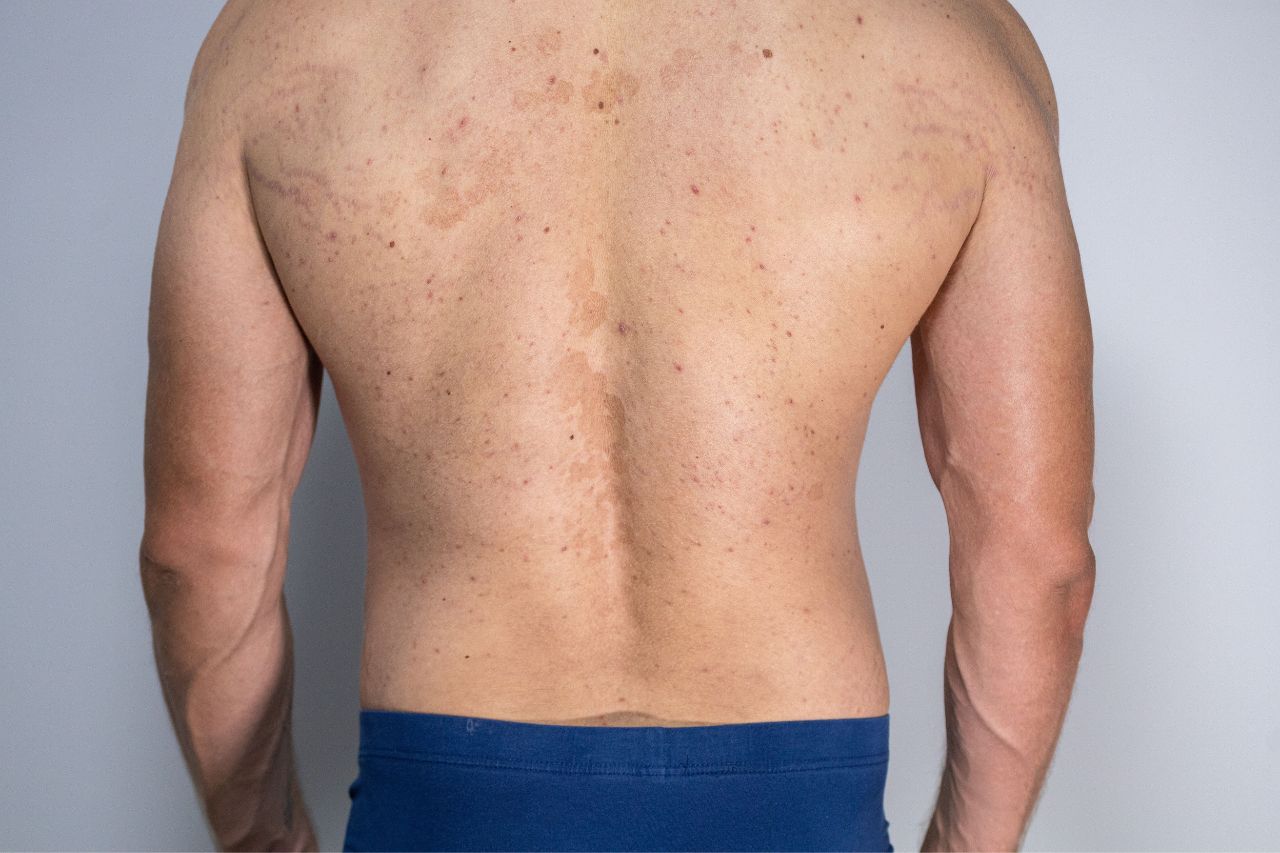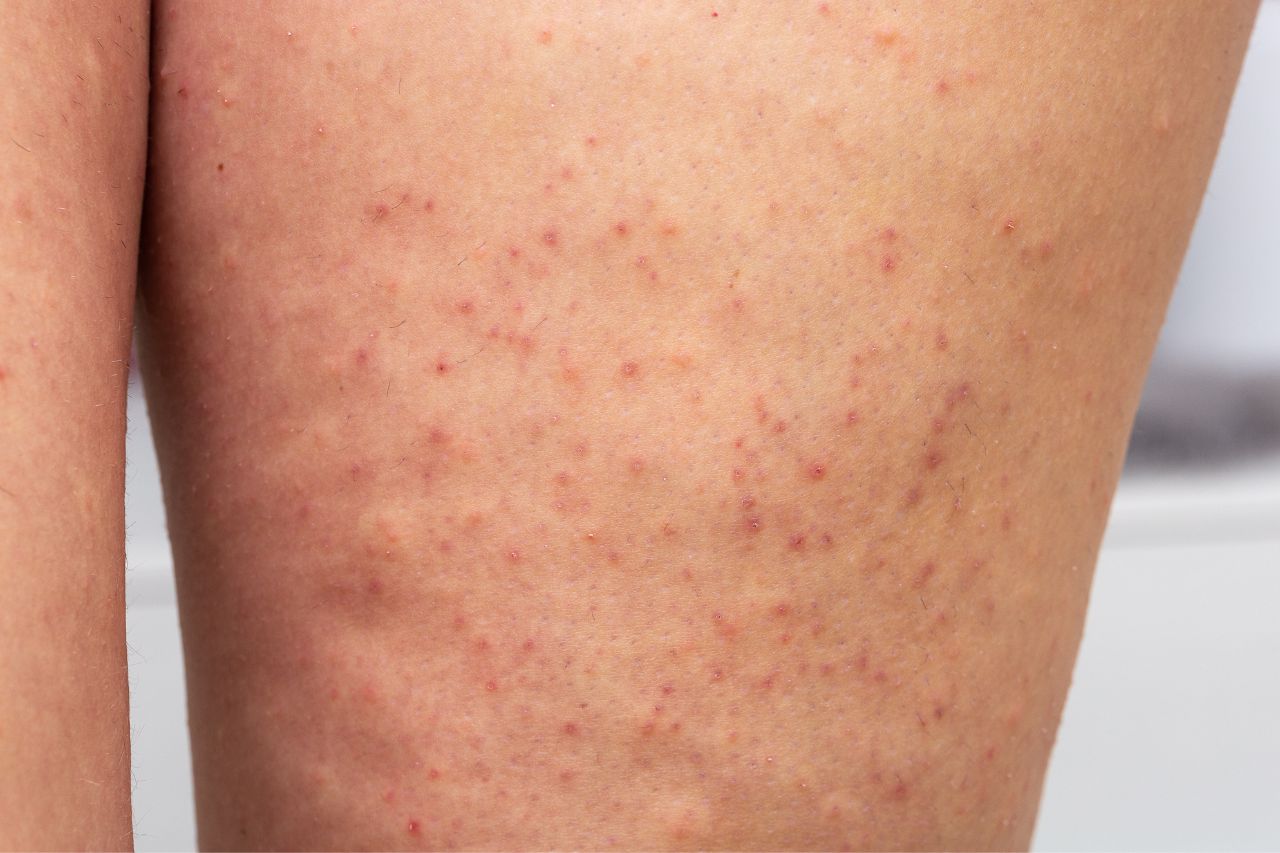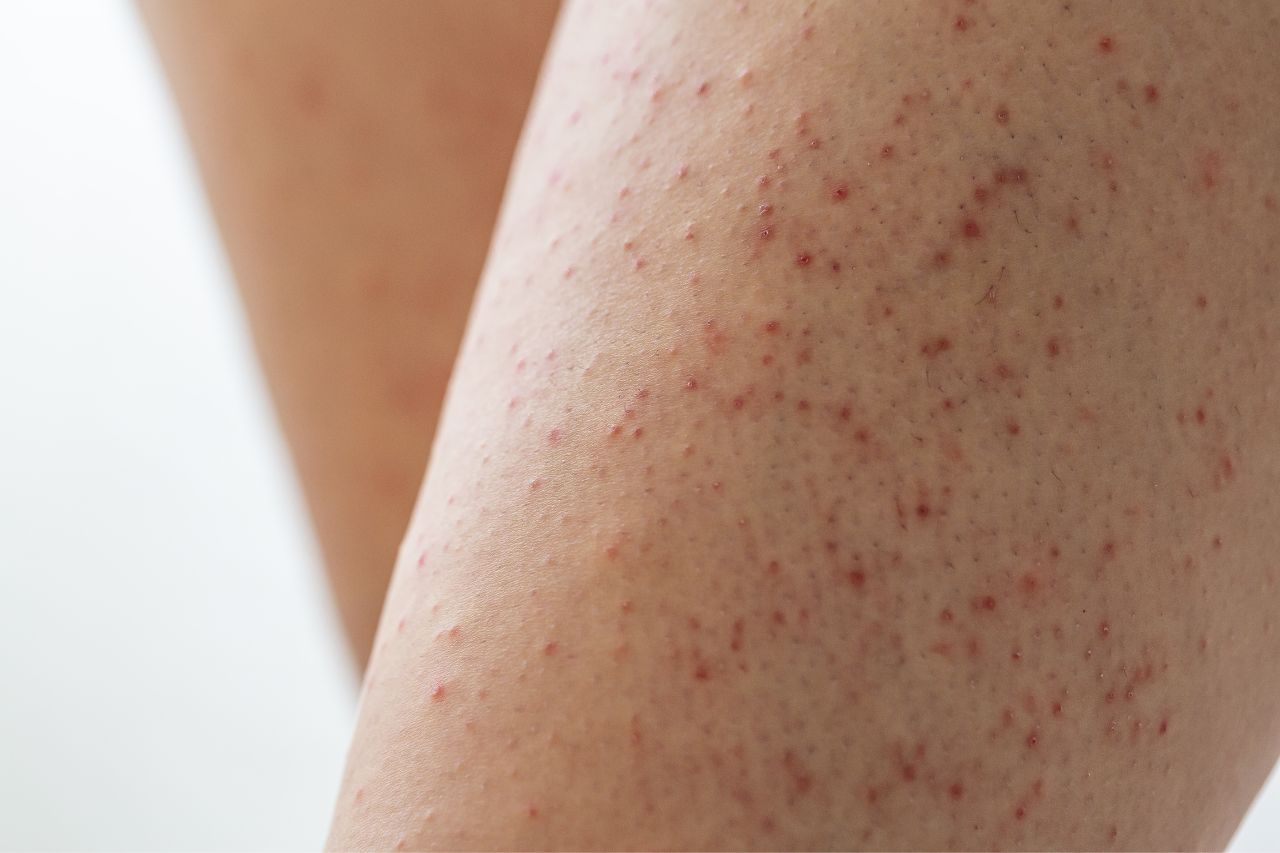4 Tips for Minimizing Scars

Whether you’ve just bandaged a bad cut or are facing surgery, you may have the same question: Will I get a scar? Unfortunately, the answer is usually yes.
“Any time someone has an incision, their body has to heal that wound, which happens as new tissue forms and becomes the scar,” says James E. Armstrong, MD, a general surgeon at Baptist Health Madisonville.
If the cut or injury doesn’t require medical treatment, quickly cleaning the wound well with warm soapy water to remove debris will help prevent infection and scarring.
Keeping the wound clean and moist as it heals will help prevent scars as well. “Unless there appears to be an infection in the wound, I would not recommend routine, daily cleaning with peroxide as it will not only kill bacteria on the skin but will also kill new skin cells as they begin the process of healing the wound,” says Dr. Armstrong.
Tips to Minimize Scars
There are several things you can do both before and after surgery to make the final scar less prominent. Read on for Dr. Armstrong’s top tips for healing well and, if possible, wear your scars proudly — after all, they represent your body’s triumph over challenges.
- Quit smoking. Add this to the list of about a million reasons why quitting smoking is smart: Tobacco worsens scars. “As the body is trying to heal, it’s dependent on having adequate blood supply and oxygen in that tissue, and people who smoke have less of both,” Dr. Armstrong says. Smokers are also at a greater risk for infection at the incision site, and a previously infected incision will leave a more noticeable scar than one that has healed cleanly.
- Control blood sugar. Like smokers, people with diabetes with poorly controlled blood-sugar face a higher risk of infection, which worsens scarring.
- Avoid sun. Especially during the first three months after surgery, but ideally, indefinitely, patients should fully protect their scars from the sun, either by using a physical block (such as a hat or SPF clothing) or sunblock (ideally SPF 50 or higher). This also holds true for minor cuts and injuries.”The pigmentation at the site of the scar is different than that of the native skin, so any tanning or burning is going to make the scar more noticeable,” Dr. Armstrong says.
- Keep it moist and, in some cases, restrict movement. Care in the early weeks will vary depending on your surgeon’s guidelines, but in general Dr. Armstrong suggests putting petroleum jelly on the scar and adding a bandage.
“If you can keep that area moist and protected, it’s going to heal better, because when incisions get dry, they tend to form scabs, which broaden out the scar area.” But don’t bother buying a fancy cream marketed for scars — Dr. Armstrong says research hasn’t shown them to make a difference. The one product he does recommend? Silicone sheets, which can help take tension off the incision and decrease the scar’s width.
If a scar is over a joint, as it’s healing you may need to minimize activity, which can also widen the scar. If this is impossible to do completely, moisturizing will at least help protect the skin.
Can You Reduce Appearance of Old Scars?
A scar’s appearance usually fades, but sometimes it remains extremely visible, such as with hypertrophic scars, which are thick and raised, or keloids, which occur when scar tissue grows bigger than the initial wound. If this is the case, see a doctor to have the area evaluated; treatments might include non-surgical methods such as steroid injections.
Rarely, a scar can also contract during the healing process (thus limiting mobility in joint areas such as the wrist or elbow) and may need to be repaired by a surgeon.



